🗓️ Unit 12
Psychological Disorders
PSYC 181 – Intro to Psych
August 12, 2024
What you will learn
![]()
Learning Objectives
Describe the historical and modern approaches to mental health services and treatment
Understand the problems inherent in defining the concept of psychological disorder
Describe what is meant by harmful dysfunction
Identify the formal criteria that thoughts, feelings, and behaviors must meet to be considered abnormal and, thus, symptomatic of a psychological disorder
Therapy & Treatment
Treatment in the past

18th Century

Phillippe Pinel (Late 1700’s)

Dorothea Dix (19th Century)

- Social reformer and advocate for indigent insane
- Identified poor state of care
- Instrumental in first American mental asylum
American Asylums (19th Century)

- Usually filthy
- Limited treatment
- Individuals often institutionalized for decades
20th Century



Mental Health Treatment Today


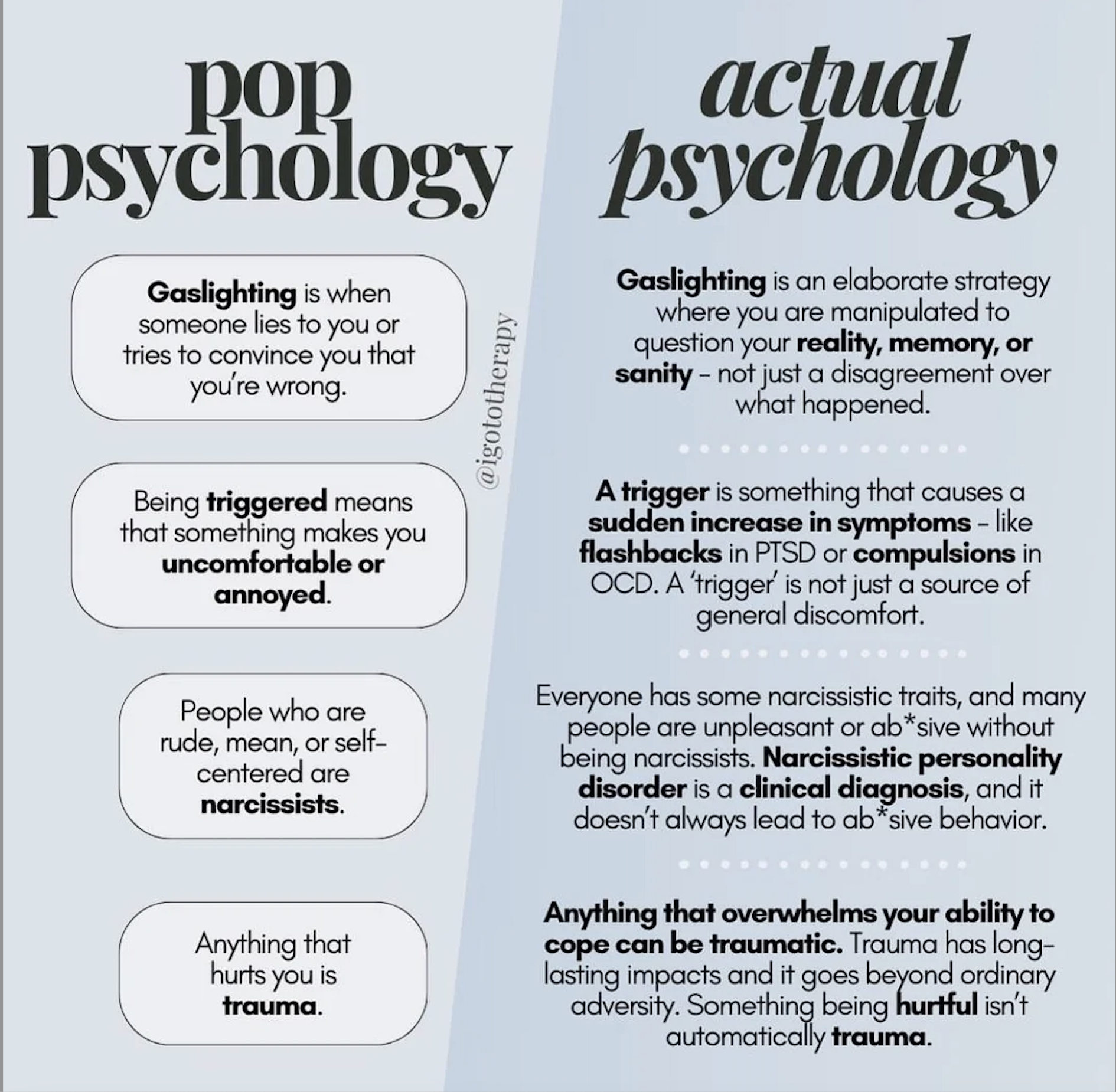
Mental Health Treatment
- Most not hospitalized but can still seek treatment
Involuntary treatment therapy that is not the individuals choice
- E.g. condition of parole
Voluntary treatment the person chooses to attend therapy to obtain relief from symptoms
Types of Treatment
Psychotherapy psychological treatment that employs various methods to help someone overcome personal problems, or to attain personal growth
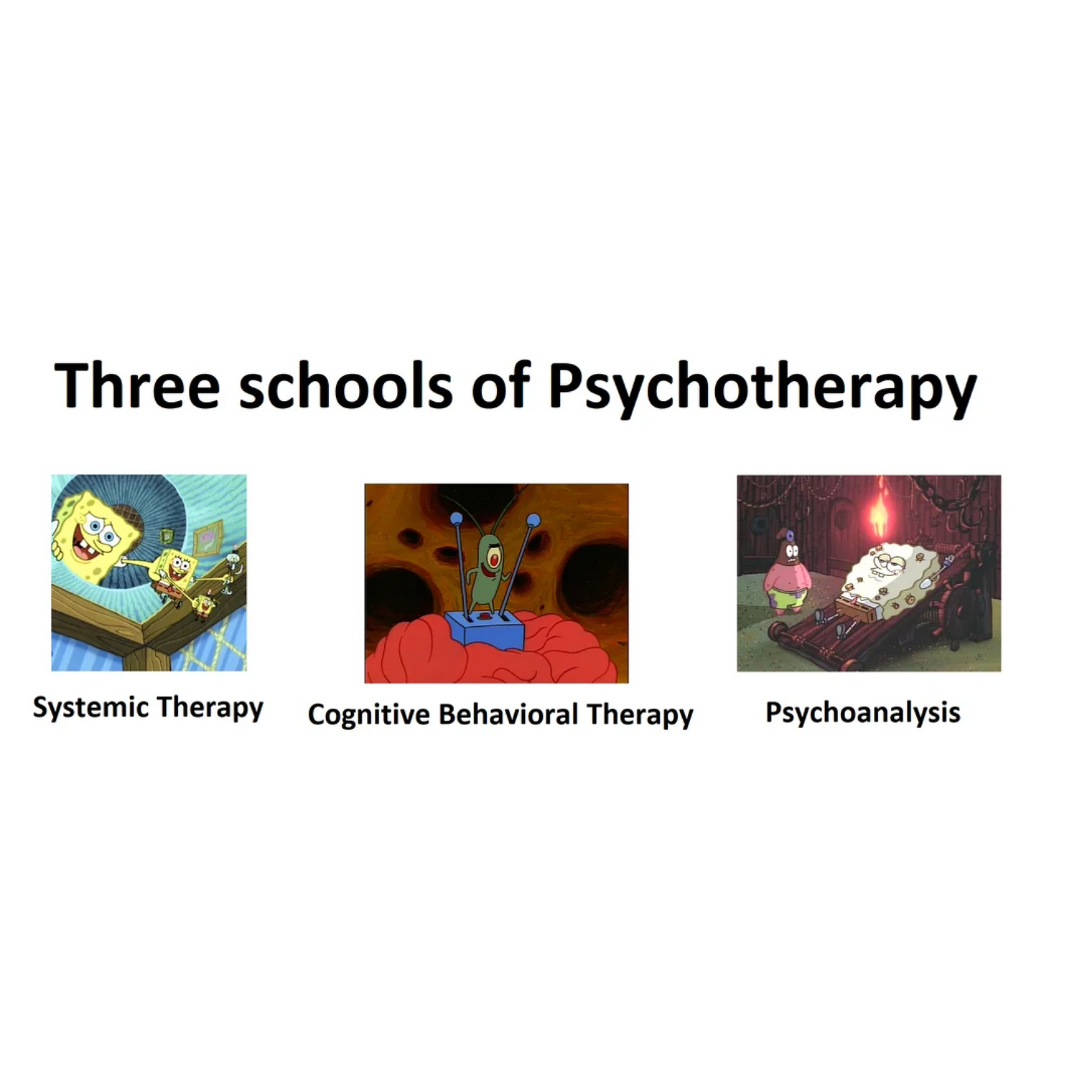
Biomedical therapy involves medication and/or medical procedures to treat psychological disorders
Psychodynamic psychotherapy talk therapy based on belief that the unconscious and childhood conflicts impact behavior
Play Therapy
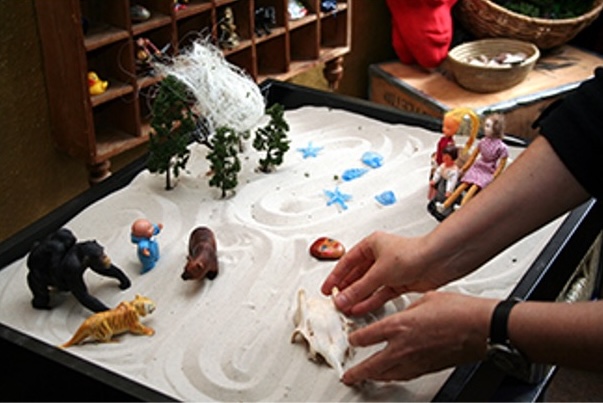
Behavior Therapy
- Principles of learning are applied to change undesirable behaviors
Classical Conditioning principles are applied to recondition clients and change their behavior
Counterconditioning Client learns a new response to a stimulus that has previously elicited an undesirable behavior (phobias)
Aversive conditioning uses an unpleasant stimulus to stop an undesirable behavior (addiction)
Exposure Therapy

Systematic Desensitization
- Type of exposure therapy wherein a calm and pleasant state is gradually associated with increasing levels of anxiety-inducing stimuli

Cognitive Therapy
- Developed by Aaron Beck in the 1960’s
- Suggests that how you think determines how you feel and act
- Emotional reactions are the result of your thoughts about the situation rather than the situation itself
- Encourages clients to find more logical ways of interpreting situations and positive ways of thinking
- Cognitive therapists help clients become aware of their cognitive distortions (thinking errors).
Cognitive-behavioral Therapy
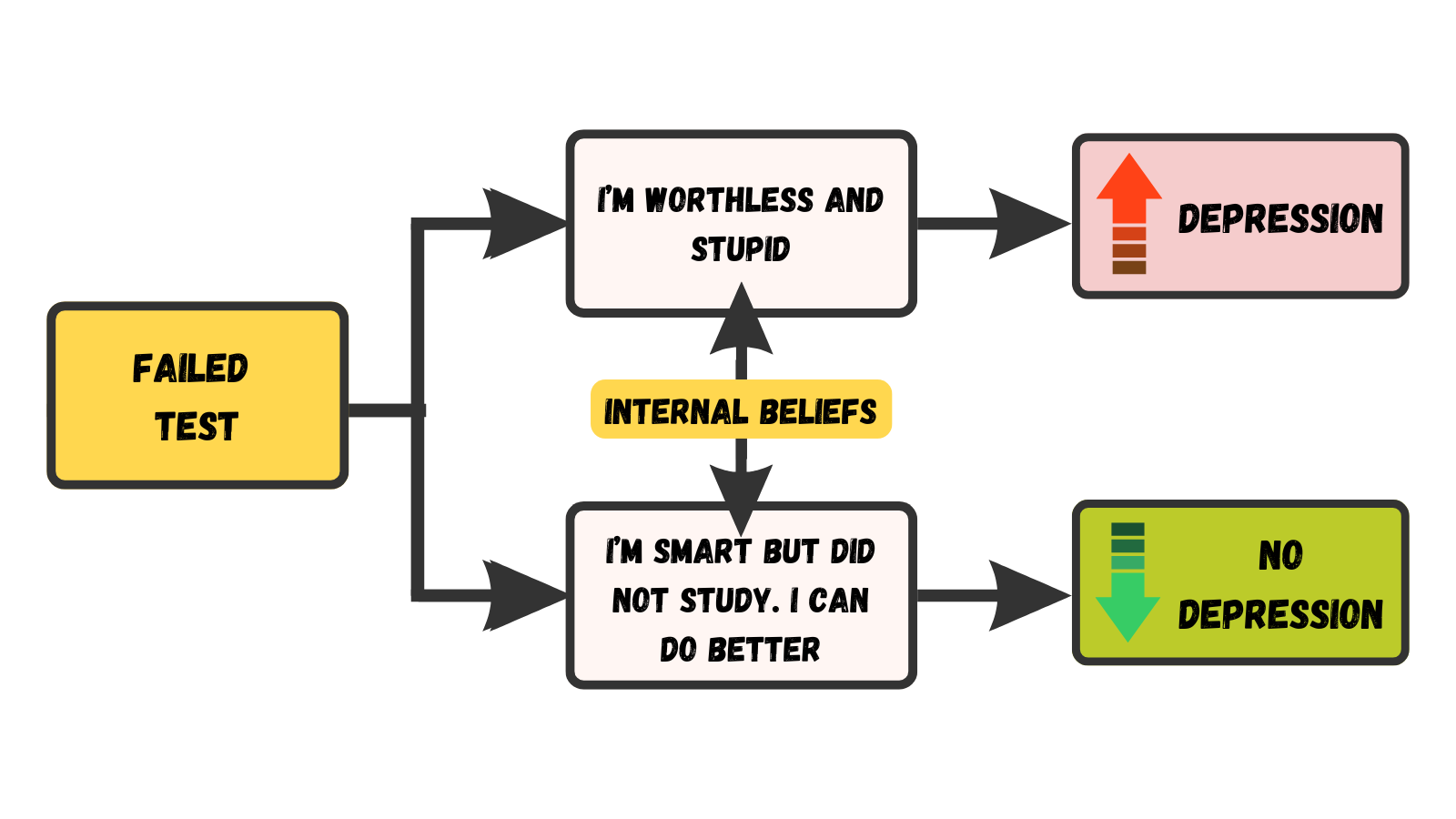
What are psychological disorders?
Psychopathology the study of psychological disorders, including their symptoms, etiology (causes), and treatment.
DEFINITION OF A PSYCHOLOGICAL DISORDER
Psychological disorder
- a condition characterized by abnormal thoughts, feelings, and behaviors
Cultural Expectations
- Violating cultural expectations
is not enough by itself - Social norms vary
between cultures
American Psychological Association (APA) Definition
A psychological disorder is a condition that consists of the following:
Significant disturbances in thoughts, feelings, and behaviors
Outside of cultural norms
Disturbances reflect some kind of biological, psychological, or developmental dysfunction.
Disturbances lead to significant distress or disability in one’s life
- E.g. difficulty performing appropriate and expected roles.
THE DIAGNOSTIC & STATISTICAL MANUAL OF MENTAL DISORDERS (DSM)

Diagnosis appropriately identifying and labeling a set of defined symptoms
- Requires classification systems that organize psychological disorders systematically
DSM Origin Story
PREVALENCE RATES (DSM-IV)

COMORBIDITY (DSM)

perspectives on psychological disorders
SUPERNATURAL PERSPECTIVES
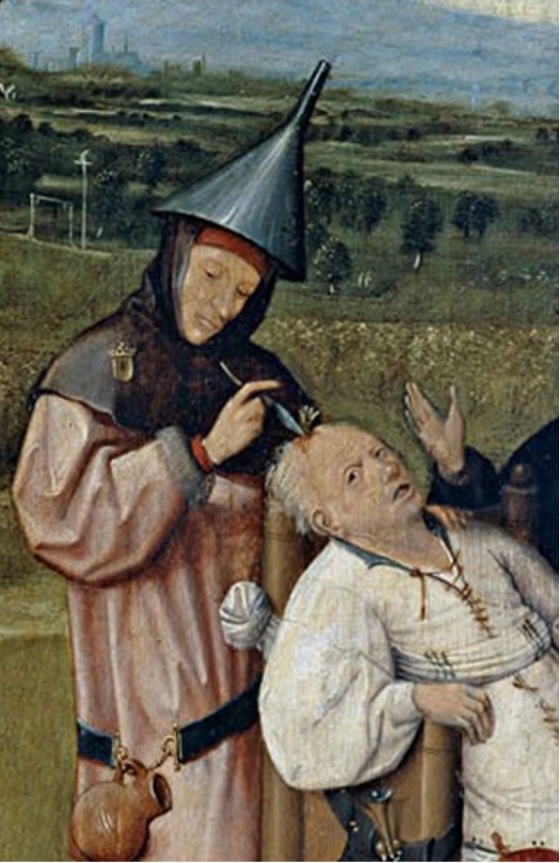
Disorders attributed to a force beyond scientific understanding
- Practitioners of black magic (sorcery)
- Possessed by spirits
- Witchcraft
DANCING MANIA
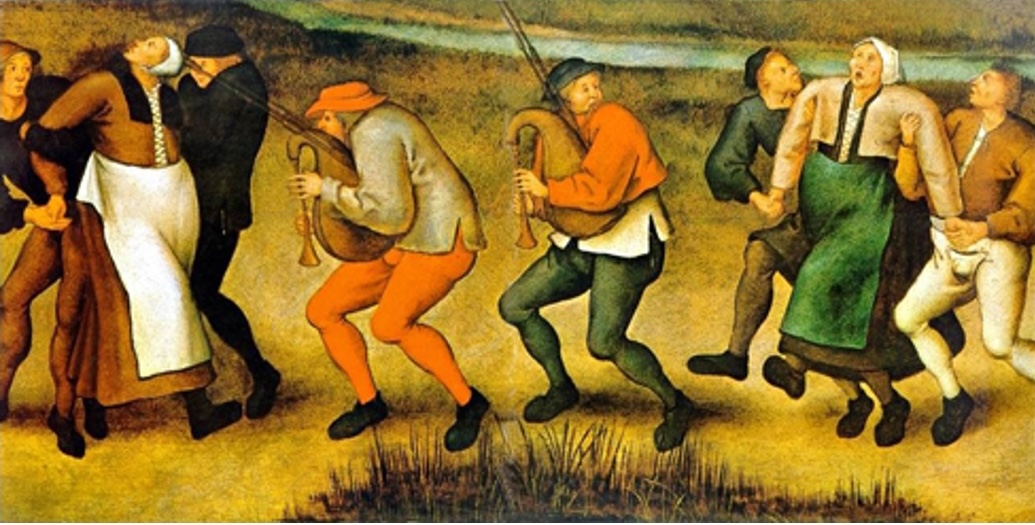

BIOLOGICAL PERSPECTIVES
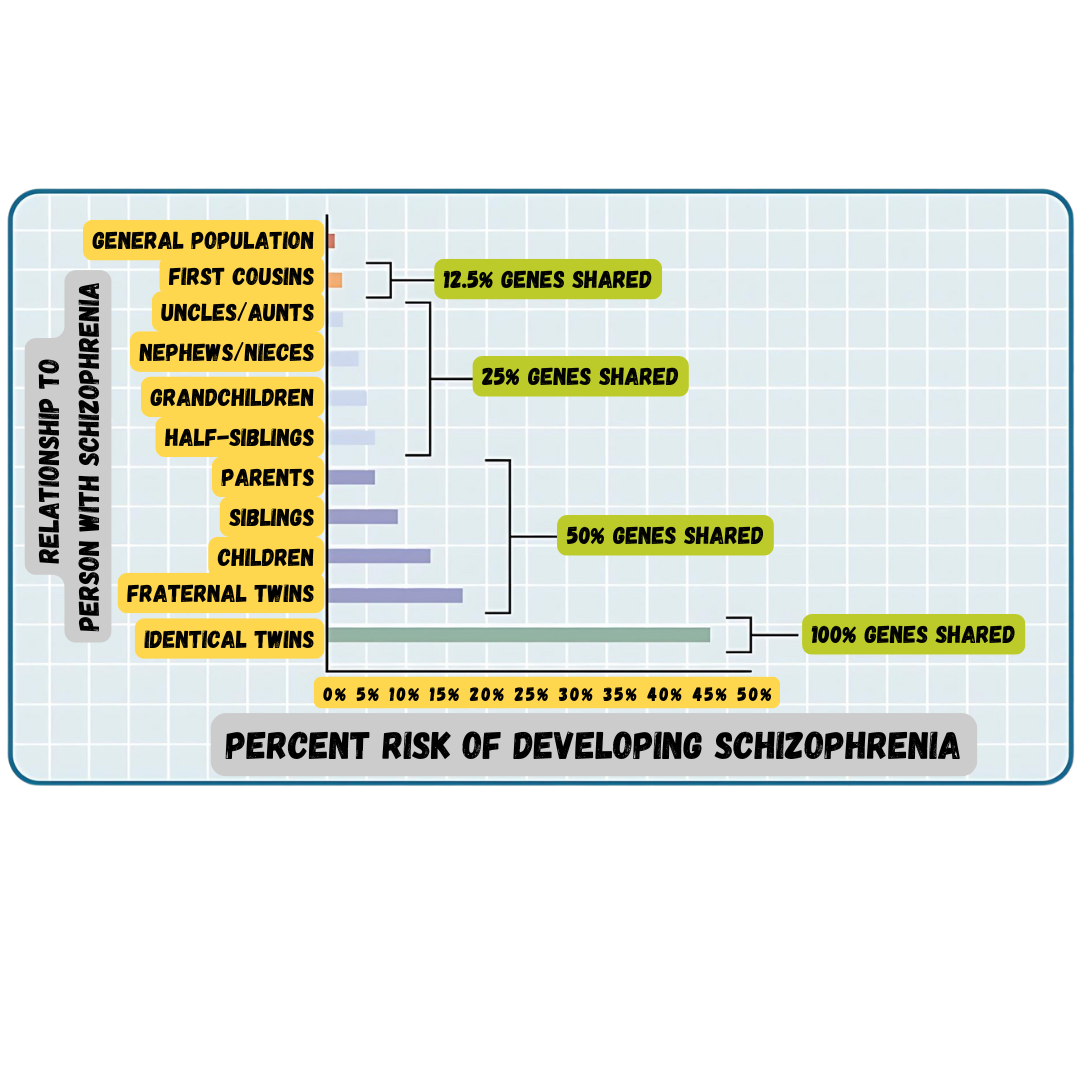
DIATHESIS-STRESS MODEL
Diathesis + Stress → Development of a disorder
Anxiety
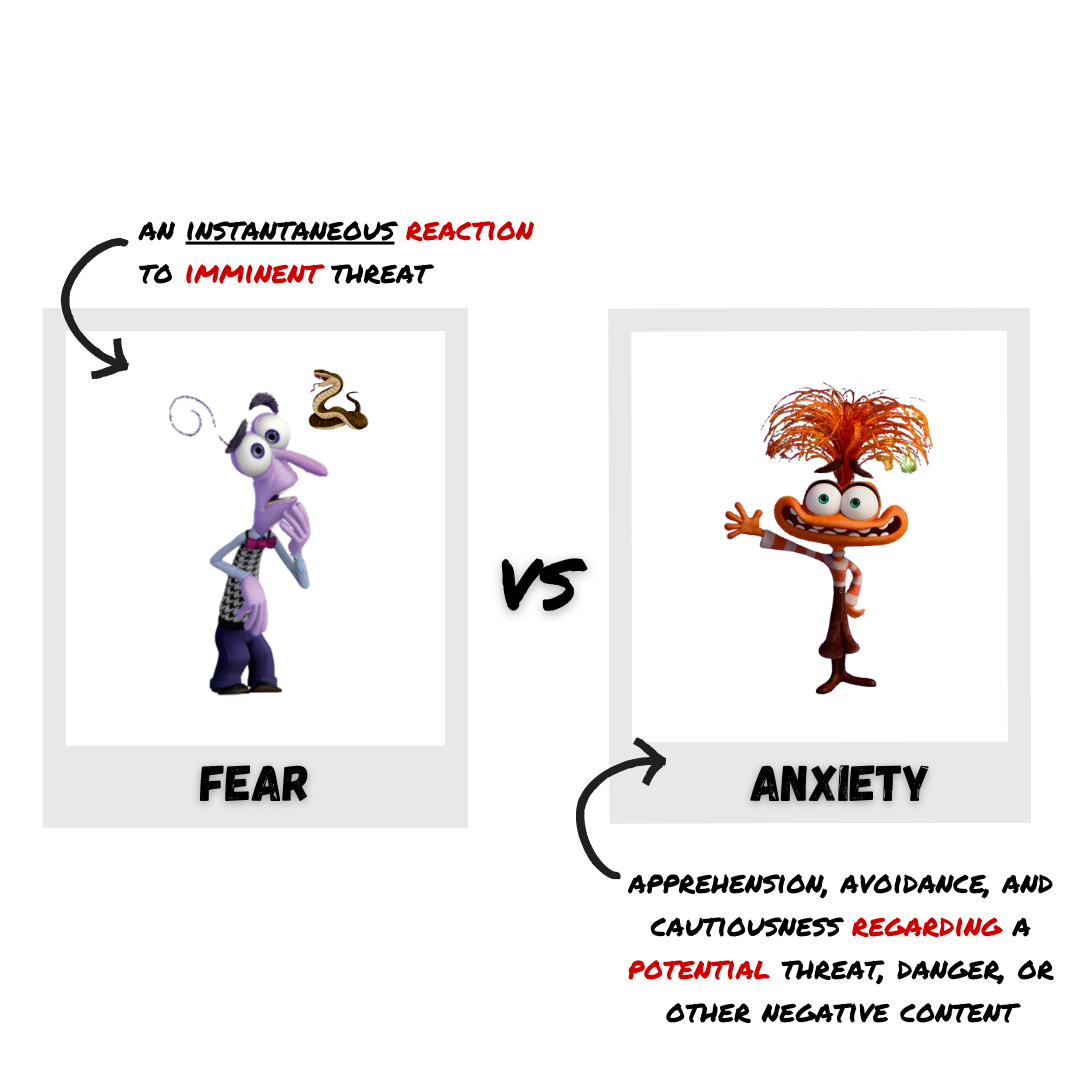
Anxiety Disorders
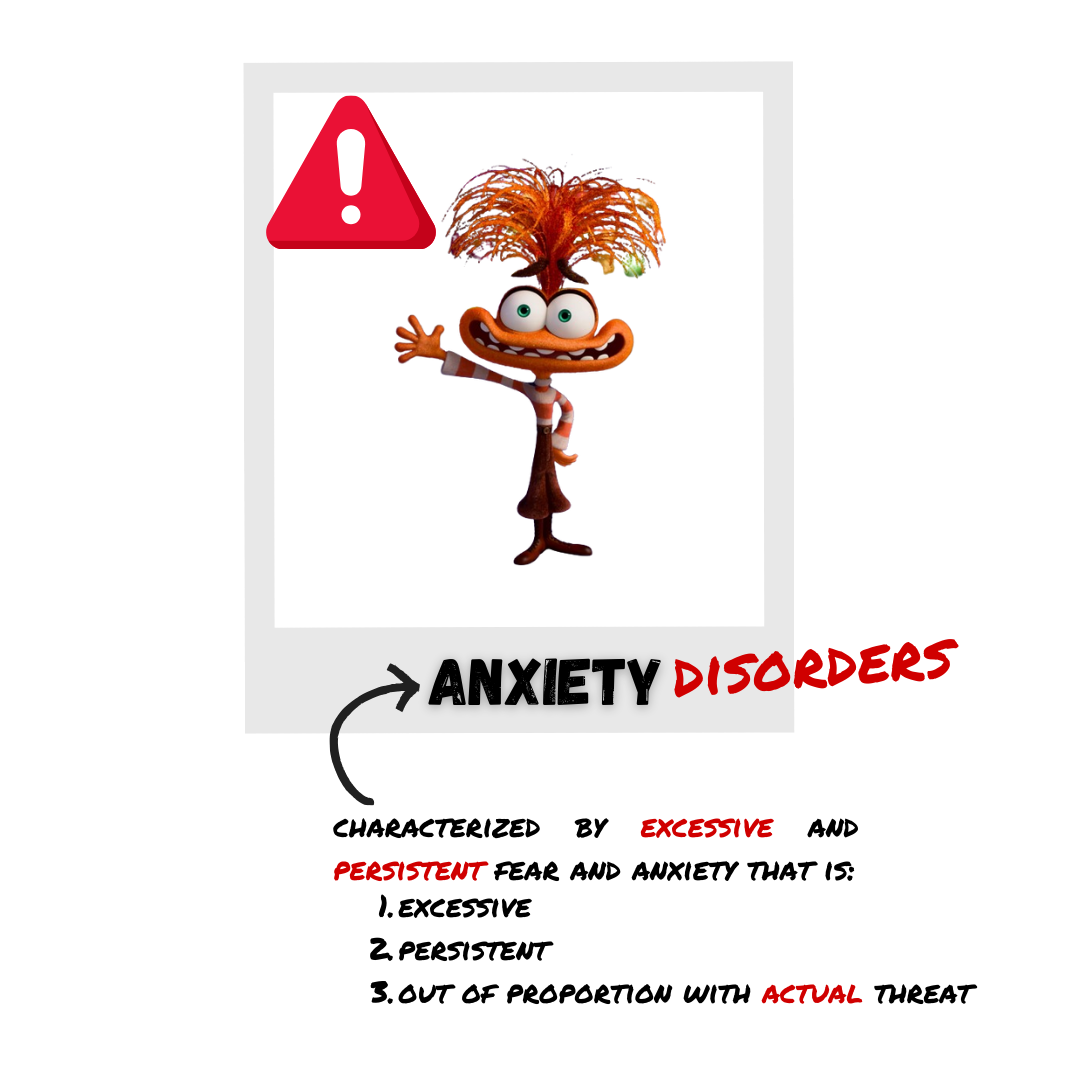
SPECIFIC PHOBIA
Common Phobias
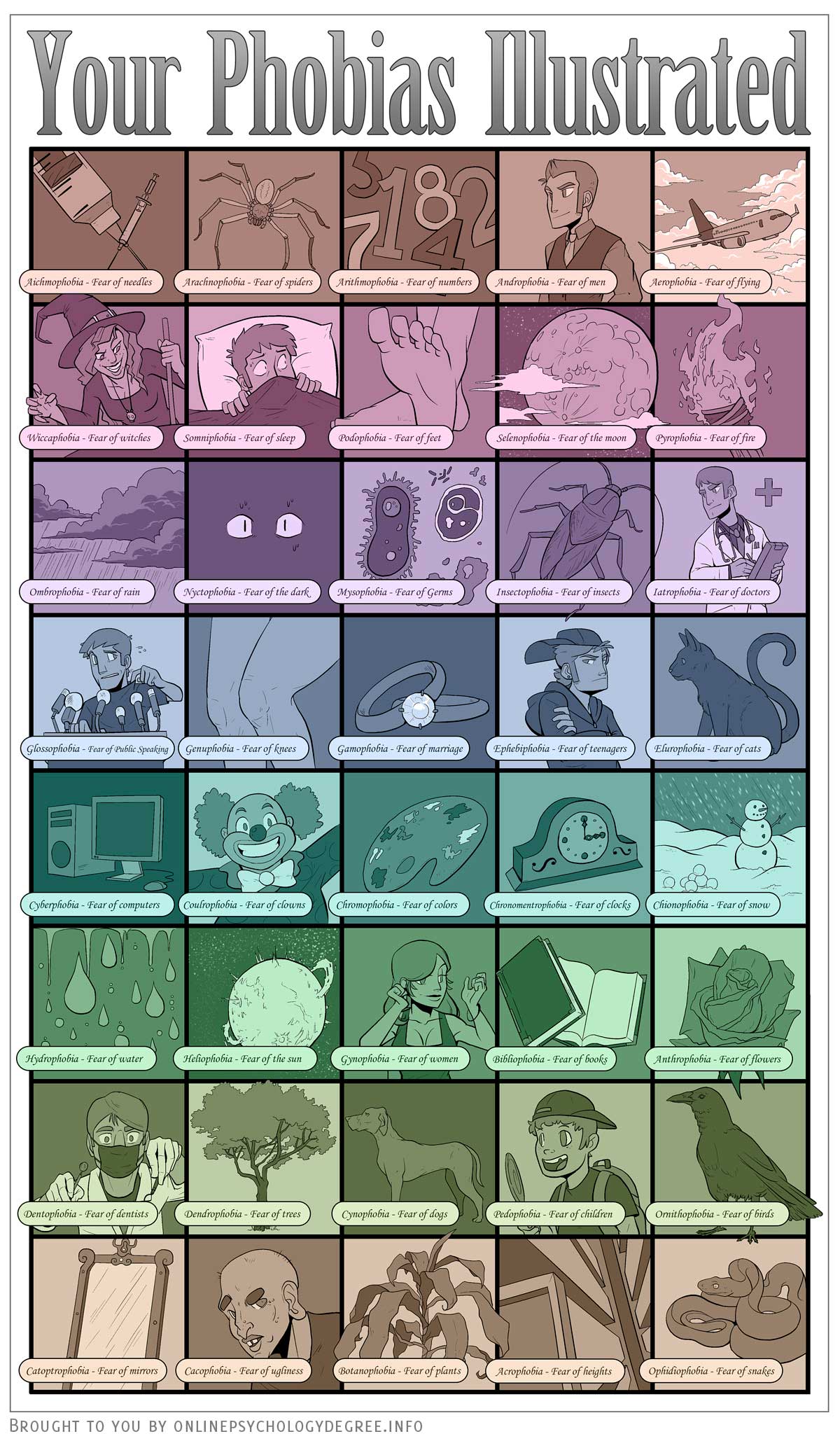
ACQUISITION OF PHOBIAS THROUGH LEARNING
- Rachman (1977): 3 Major Learning Pathways
- Classical Conditioning
- Child is bitten by dog (US) → dogs become associated with biting (CS) → child experiences fear around dogs (CR)
- Conditioned fears develop more readily to fear-relevant stimuli (images of snakes and spiders) than to fear-irrelevant stimuli (images of flowers).
- Vicarious Learning
- Child observes cousin react with fear around spiders → child later expresses the same fears even though spiders have never presented any danger to him.
- Verbal transmission of information
- A child is continuously told that snakes are dangerous → child starts to fear snakes.
PANIC DISORDER

Prevalence
- ~ 12% of U.S. population
Comorbidity
- anxiety or major depressive disorders
PANIC DISORDER CAUSES
Genetics
- 43% heritability
Neurobiological Theories
Locus coeruleus in the brainstem is possibly involved
Major source of norepinephrine (neurotransmitter that triggers flight-or-flight response)
Activation is associated with anxiety and fear and produces panic-like symptoms in nonhuman primates
Conditioning Theories Panic attacks are classical conditioning responses to subtle bodily sensations resembling those normally occurring when one is anxious or frightened
Cognitive Theories Individuals with panic disorder are prone to interpret ordinary bodily sensations catastrophically, setting the state for panic attacks.
- In some patients, reducing catastrophic cognitions about sensations has proven to be as effective as medication in reducing panic attacks
GENERALIZED ANXIETY DISORDER
- A relatively continuous state of excessive, uncontrollable, and pointless worry and apprehension.
Diagnosis Criteria
The diffuse worrying and apprehension is not part of another disorder.
Symptoms occur more days than not for at least 6 months.
Symptoms are accompanied by any three of the following symptoms:
- Restlessness, difficulty concentrating, being easily fatigued, muscle tension, irritability, and sleep difficulties
Prevalence
- Affects about 5.7% of U.S. population during their lifetime
- Females are 2 times as likely as males to experience the disorder
Comorbidity
- Comorbid with mood disorders and other anxiety disorders
GENERALIZED ANXIETY DISORDER CAUSES
Cognitive Theories
Worry represents a mental strategy to avoid more powerful negative emotions perhaps stemming from earlier unpleasant or traumatic experiences
Worrying acts a distraction from remembering painful childhood experiences
OBSESSIVE COMPULSIVE DISORDER (OCD)
Prevalence
- ~ 2.3% of U.S. population
Comorbidity
- high rates depression and anxiety disorders
Common Obsessions
Concerns about germs and contamination
Doubts
Order and symmetry
Aggressive or lustful urges
OCD CAUSES
Genetics
- 5 times more frequent in first-degree relatives of people with OCD
- Identical twins
- 57% concordance rate
- Fraternal twins - 22% concordance rate
- Genes involved regulate the function of serotonin, dopamine, and glutamate
Conditioning Theories
Symptoms of OCD are learned responses resulting from both classical and operant conditioning
Neutral stimulus + unconditioned stimulus → anxiety or distress.
Once association has been acquired, encounters with the NS trigger anxiety and obsessive thoughts.
Anxiety and obsessive thoughts continue until a strategy is identified to relieve it
Relief may be ritualistic behavior or mental activity that reduces anxiety
Compulsive acts become negatively reinforcing.
OCD Circuit

Orbitofrontal cortex
- involved in learning and decision making
- Becomes hyperactive in people with OCD when provoked with tasks such as looking at photos of a toilet or a pictures hanging crookedly on a wall
BODY DYSMORPHIC DISORDER
Prevalence
- ~ 2.4% of U.S. population
- slightly higher rates in women than men
Comorbidity
- high rates depression and anxiety disorders
HOARDING DISORDER

DEFINITION OF PTSD
Diagnosis Criteria
Individual was exposed to, witnessed, or experienced the details of a traumatic experience (“actual or threatened death, serious injury, or sexual violence”) (APA, 2013)
PTSD was first recognized in soldiers who had engaged in combat.
- Symptoms occur for at least one month
Symptoms Intrusive and distressing memories of the event
- Flashbacks – states during which individual relives the event and behaves as if it were occurring at that moment
- Avoidance of stimuli connected to the event
- Persistently negative emotional states
- Feelings of detachment from others
- Irritability
- Proneness toward outbursts
- Exaggerated startle response.
Prevalence Experienced by approximately 7% of the U.S. population in their lifetime.
RISK FACTORS FOR PTSD
Risk Factors
Trauma experience
Lack of immediate social support
Social Support (comfort, advice, and assistance from relatives, friends, and neighbors) can reduce the risk of developing PTSD
Subsequent life stress
Female gender
Low socioeconomic status
Low intelligence
Personal history of mental disorders
History of childhood adversity
Family history of mental disorders
LEARNING & THE DEVELOPMENT OF PTSD
Conditioning Theories
- Traumatic event (UCS) → Extreme fear and anxiety (UCR)
- Cognitive, emotional, physiological, and environmental cues associated with the traumatic event become conditioned stimuli
- Traumatic reminders (CS) → Extreme fear and anxiety (CR).
Cognitive Theories Two key processes in development and maintenance of PTSD:
Disturbances in memory for the event
Poorly encoded memories of trauma can become fragmented, disorganized, and lacking in detail
Individuals cannot remember event in a way that gives meaning and context
May become haunted by these fragments involuntarily triggered by stimuli associated with the event.
Negative appraisals of the trauma and its aftermath (e.g., “I deserve to be raped because I am stupid”).
- May lead to dysfunctional behavioral patterns that maintain symptoms and prevent changes in the problematic appraisals
MOOD DISORDERS
- Characterized by massive disruptions in mood and emotions that can cause a distorted out look on life, and impair ability to function
Depressive Disorders Depression (intense and persistent sadness) is the main feature.
Bipolar and Related Disorders Mania (extreme elation and agitation) is the main feature
- Manic episode – “a distinct period of abnormally and persistently elevated, expansive, or irritable mood and abnormally and persistently increased activity or energy lasting at least one week.” (APA, 2013).
MAJOR DEPRESSIVE DISORDER
Diagnosis Criteria “Depressed mood most of the day, nearly every day” (APA, 2013)
Loss of interest and pleasure in usual activities
At least 5 symptoms for at least a two-week period
Symptoms cause significant distress or impair normal functioning and are not caused by substances or a medical condition
- Major depressive disorder is episodic (symptoms are usually present at their full magnitude for a certain period of time and then gradually diminish)
Symptoms
Weight loss or weight gain/increased or decreased appetite
Difficulty falling asleep or too much sleep
Psychomotor agitation or psychomotor retardation
Fatigue/loss of energy
Feelings of worthlessness or guilt
Difficulty concentrating, indecisiveness
Suicidal ideation – thoughts of death, thinking about/planning suicide, suicide attempt
Prevalence
Affects around 6.6% of the U.S. population each year and 16.9% of the U.S. population in their lifetime
More common among women than men
Comorbidity
- Comorbid with anxiety disorders and substance abuse disorders
Risk Factors
Unemployment
Low income
Living in urban areas
Being separated, divorced, or widowed
SUBTYPES OF DEPRESSION
Seasonal pattern applies to situations in which a person experiences the symptoms of major depressive disorder only during a particular time of year
Peripartum onset (postpartum depression) major depression during pregnancy or in the four weeks following the birth
Persistent depressive disorder (dysthymia) depressed moods most of the day nearly every day for at least two years, as well as at least two of the other symptoms of major depression
- Chronically sad but do not meet all the criteria for major depression
BIPOLAR DISORDER
- Involves mood states that fluctuate between depression and mania
BIPOLAR DISORDER
Symptoms of Mania
Excessively talkative
Excessively irritable
Exhibit flight of ideas – talk loudly and rapidly, abruptly switching from one topic to another
Easily distracted
Exhibit grandiosity – inflated but unjustified self-esteem and self-confidence
Show little need for sleep. - Take on several tasks at once
Engage in reckless behaviors
Prevalence Onset is typically before the age of 25
- Affects 1 out of 100 people in the U.S. in their lifetime
- 36% of these individuals attempt suicide
Comorbidity anxiety disorder and substance abuse disorder
BIOLOGICAL BASIS OF MOOD DISORDERS

Hormones
Elevated levels of cortisol (stress hormone) are found in depression
Cortisol activates the amygdala and deactivates the prefrontal cortex (disturbances connected to depression)
Neurotransmitters
Mood disorders often involve imbalances in neurotransmitters
Particularly serotonin and norepinephrine
Many medications work by altering balance
DIATHESIS-STRESS MODEL & MAJOR DEPRESSIVE DISORDERS
- Stressful life events often precede the onset of depressive episodes
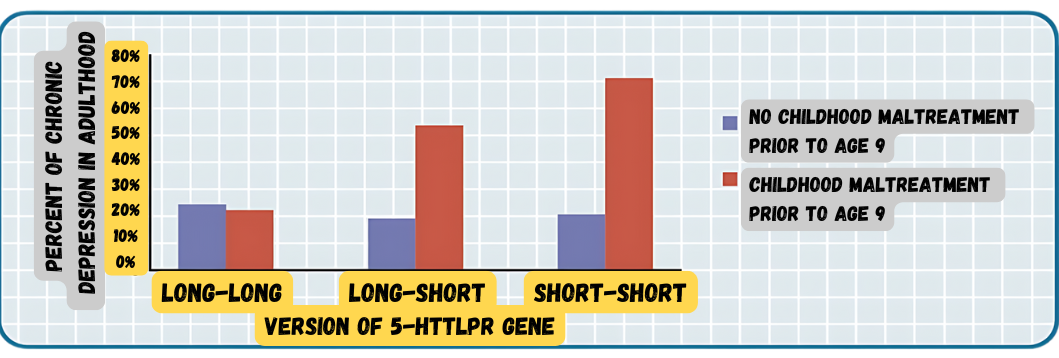
COGNITIVE THEORIES OF DEPRESSION
- Cognitive theories suggest that depression is triggered by negative thoughts, interpretations, self-evaluations, and expectations.
Diathesis-Stress model
- cognitive vulnerability + stressful life events → depression
COGNITIVE THEORIES OF DEPRESSION
Hopelessness Theory
Specific negative thinking style → sense of hopelessness → depression
Negative thinking – refers to a tendency to perceive negative life events as having stable (“It’s never going to change”) and global (“It’s going to affect my whole life”) causes
Creates view that the life event will have negative implications for the person’s future and self-worth, increasing likelihood of hopelessness
Hopelessness - expectation that unpleasant outcomes will occur or desired outcomes will not occur, and there is nothing one can do to prevent such outcomes (seen as the primary cause of depression)
Rumination
Distressed mood → Rumination → increased risk and duration of mood
Rumination – repetitive and passive focus on the fact that one is depressed and dwelling on depressed symptoms, rather than distracting one’s self from the symptoms or attempting to address them in an active, problem-solving manner
Described to explain higher rates of depression in women, who are more likely to ruminate, than in men
SUICIDE
Statistics 90% of those who complete suicides have a diagnosis of at least one mental disorder (most frequently mood disorders)
10th leading cause of death for all ages in 2010 (an average of 105 each day)
4 times higher among males (79% of all suicides) than females
- Males most commonly use fire arms, females most commonly use poison
Risk Factors
Substance abuse problems (10 times greater in individuals with alcohol dependence).
Previous suicide attempts.
Access to lethal means in which to act (e.g., firearm in the home).
Precursors – withdrawal from social relationships, feeling like a burden, engaging in reckless and risk-taking behaviors.
Sense of entrapment (feeling unable to escape feelings or external circumstances).
Cyberbullying.
Suicide of a family member.
Serotonin dysfunction.
SCHIZOPHRENIA
Hallucinations perceptual experience that occurs in the absence of external stimulation
- Auditory hallucinations most common
Delusions beliefs that are contrary to reality
Paranoid delusions – belief that other people or agencies are plotting to harm them
Grandiose delusions – belief that one holds special power, unique knowledge, or is extremely important
Somatic delusions – belief that something highly abnormal is happening to one’s body
Thought withdrawal/insertion
Disorganized thinking
- disjointed and incoherent thought processes
Disorganized or abnormal motor behavior unusual behaviors/movements
- Catatonic behaviors – decreased reactivity to the environment
Negative Symptoms decreases and absences in certain behaviors, emotions, drives
- Avolition – lack of motivation to engage in self-initiated and meaningful activity
- Alogia – reduced speech output
- Asociality – social withdrawal
- Anhedonia – inability to experience pleasure
SCHIZOPHRENIA CAUSES
Prevalence Affects 1% of the population
Genetics Risk is 6 times greater if one parent has schizophrenia (even if adopted)
Neurotransmitters
Dopamine hypothesis - an overabundance of dopamine or too many dopamine receptors are responsible for the onset and maintenance of schizophrenia
Drugs that increase dopamine levels can produce schizophrenia-like symptoms
Medications that block dopamine activity reduce the symptoms
- High levels of dopamine in the limbic system → hallucinations and delusions
- Low levels of dopamine in the prefrontal cortex → negative symptoms
Brain Anatomy
Enlarged ventricles
Reduced gray matter in the frontal lobes
Many show less frontal lobe activity when performing cognitive tasks
Events During Pregnancy
Obstetric complications during birth
Mother’s exposure to influenza during the first trimester
Mother’s emotional stress.
DISSOCIATIVE DISORDERS
- Characterized by an individual becoming split off, or dissociated, from their core sense of self
- Memory and identity become disturbed
Dissociative Amnesia
- Inability to recall important personal information. - Usually follows a stressful or traumatic experience. - Dissociative fugue – individual suddenly wanders away from home, experiences confusion about their identity, and in some cases may adopt a new identity
Depersonalization/Derealization Disorder
Characterized by recurring episodes of depersonalization, derealization, or both
Depersonalization - feelings of “unreality or detachment from, or unfamiliarity with, one’s whole self or from aspects of the self”
Derealization – a sense of “unreality or detachment from, or unfamiliarity with, the world, be it individuals, inanimate objects, or all surroundings”
Dissociative Identity Disorder (formerly multiple personality disorder)
Individual exhibits two or more separate personalities or identities
Involves memory gaps for the time during which another identity is in charge
Individuals tend to report a history of childhood trauma
Adoption of multiple personalities may serve as a psychologically important coping mechanism for threat and danger.
PERSONALITY DISORDERS
- Characterized by a pervasive and inflexible personality style that differs markedly from the expectations of the individuals culture and causes distress or impairment
- Begins in adolescence or early adulthood
Prevalence
Slightly over 9% of the U.S. population suffers from a personality disorder
- Avoidant and schizoid personality disorders are most frequent
- Antisocial and borderline personality disorder are most problematic
Cluster A
Paranoid personality disorder
Schizoid personality disorder
Schizotypal personality disorder
Cluster B
Antisocial personality disorder
Histrionic personality disorder
Narcissistic personality disorder
Borderline personality disorder
Cluster C
Avoidant personality disorder
Dependent personality disorder
Obsessive-compulsive personality disorder
BORDERLINE PERSONALITY DISORDER
- Characterized by instability in interpersonal relationships, self-image, and mood, as well as marked impulsivity
Symptoms
Cannot tolerate the thought of being alone – will make frantic efforts to avoid abandonment or separation
Relationships are intense and unstable
Unstable view of self – might suddenly display a shift in personal attitudes, interests, career plans, and choice of friends
May be highly impulsive and may engage in reckless and self-destructive behaviors
May sometimes show intense and inappropriate anger
Can be moody, sarcastic, bitter and verbally abusive
Prevalence
- afflicts 1.4% of the U.S. population.
Comorbidity
- anxiety, mood, and substance use disorders.
Causes Core personality traits such as impulsivity and emotional instability show a high degree of heritability
- Many individuals report childhood abuse
ANTISOCIAL PERSONALITY DISORDER
- Characterized by complete lack of regard for other people’s rights or feelings
- Diagnosis requires individual to be at least 18 years old
ANTISOCIAL PERSONALITY DISORDER
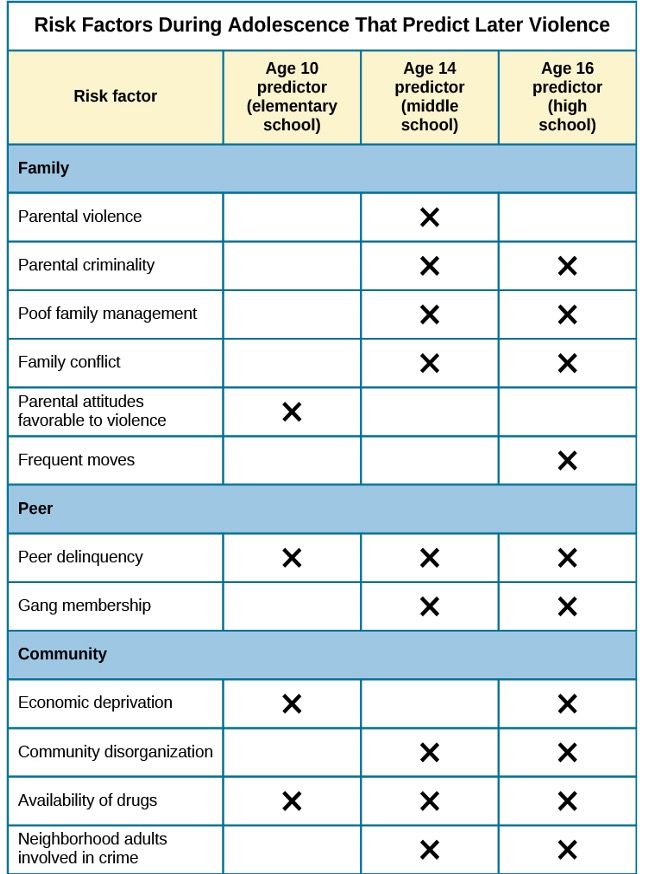
Symptoms
Repeatedly performing illegal acts=
Lying to or conning others
Impulsivity and recklessness
Irritability and aggressiveness
Failure to act in responsible ways
Lack of remorse
Overinflated sense of self
Superficial charmLack ability to empathize
Prevalence
- Observed in 3.6% of the population
- More common in males
ANTISOCIAL PERSONALITY DISORDER CAUSES
Genetics
Personality and temperament dimensions related to this disorder (fearlessness, impulsive antisociality, and callousness) have a genetic influence
Adoption studies suggest antisocial behavior is determined by the interaction of genetic factors and adverse environmental circumstances
Emotional
- Deficits Individuals with antisocial personality disorder fail to show fear in response to environment cues that signal punishment, pain, or noxious stimulation
- Show less skin conductance which may indicate emotional deficits
ADHD
- constant pattern of inattention and/or hyperactive and impulsive behavior that interferes with normal functioning
Symptoms
Inattention:
Difficulty sustaining attention
Failure to follow instructions
Disorganization
Lack of attention to detail
Easily distracted and forgetful
Symptoms
Hyperactivity:
Excessive movement
Interrupting and intruding on others
Blurting out responses before questions have been completed
Difficulty waiting ones turn
Prevalence
Occurs in about 5% of children
Boys are 3 times more likely to have ADHD than girls
Life Problems
Low educational attainment
low socioeconomic status
unemployment
low wages
substance abuse problems
relationship problems
ADHD CAUSES
Genetics
Inattention – 71% heritable
Hyperactivity – 73% heritable
Neurotransmitters Dopamine:
Genes involved are thought to include at least two that are important in the regulation of dopamine
Individuals with ADHD show less dopamine activity in key brain regions (especially those associated with motivation and reward)
Medications have stimulant qualities and elevate dopamine activity
Brain Anatomy
Studies show smaller frontal lobe volume and less activation when performing mental tasks
Frontal lobe inhibits behavior
- may explain hyperactive, uncontrolled behavior of ADHD
AUTISM SPECTRUM DISORDER
Symptoms
Deficits in social interaction (e.g., do not make eye contact, turn head away when spoken to, prefer playing alone)
Deficits in communication (e.g., one word responses, difficulty maintaining conversation, echoed speech, and problems using and understanding nonverbal cues)
Repetitive patterns of behavior or interests
Prevalence
Affects approximately 1 in 88 children in the U.S.
5 times more common in boys
Genetics:
Identical twins – 60%-90% concordance rates
Fraternal twins – 5%-10% concordance rates
Genes involved are those important in the formation of synaptic circuits that facilitate communication between different areas of the brain
Environment:
- Factors that contribute to new mutations (e.g. pollutants)
SOCIAL ANXIETY DISORDER
Prevalence
Comorbidity
Risk factors
Fears of social situations possibly developed through conditioning
Most report history of severe teasing in childhood